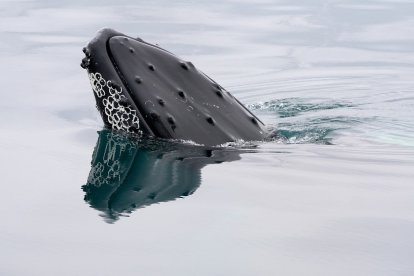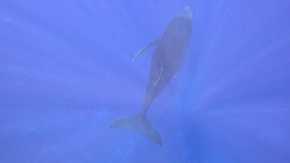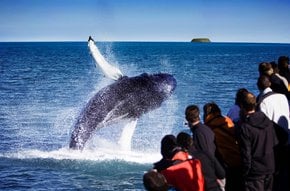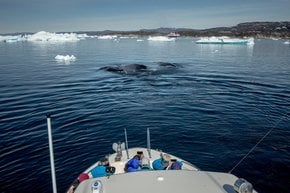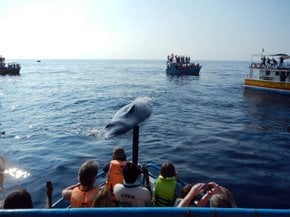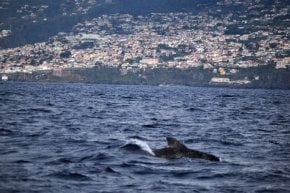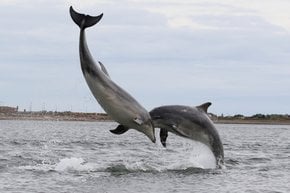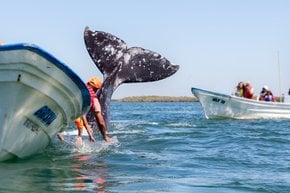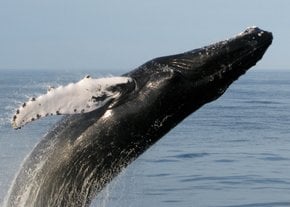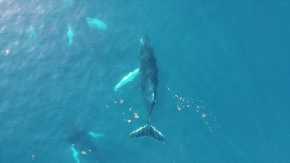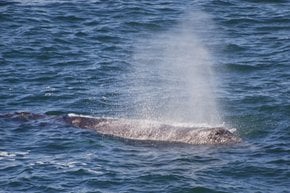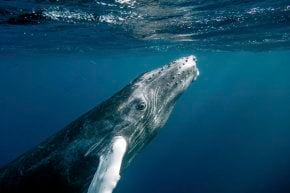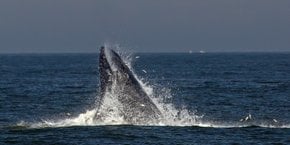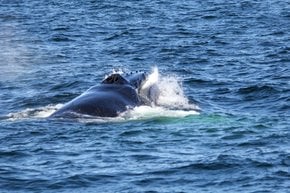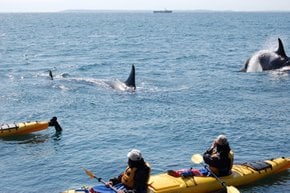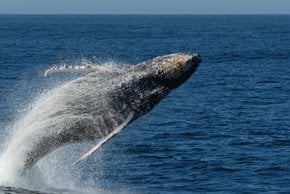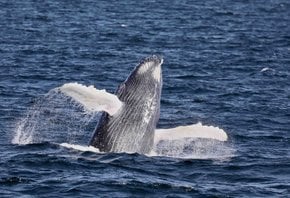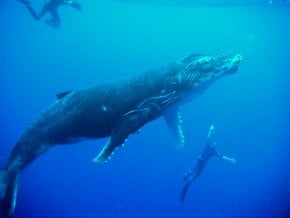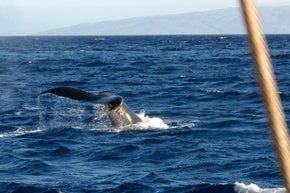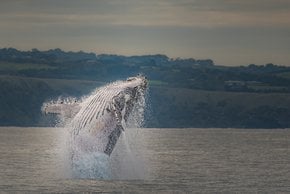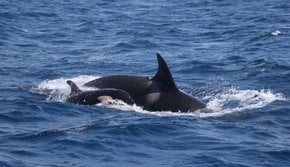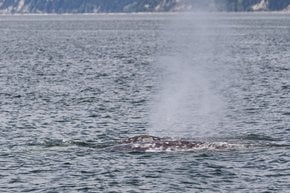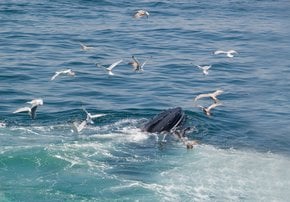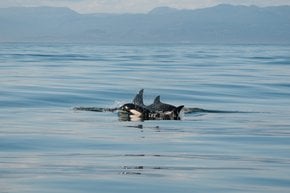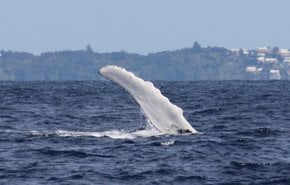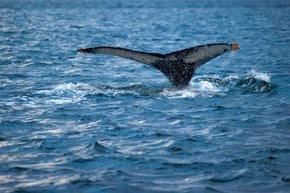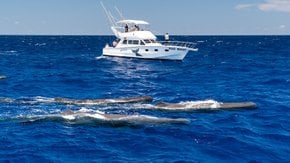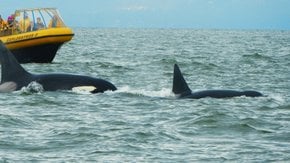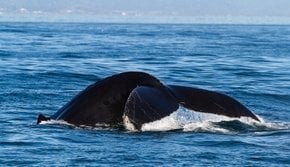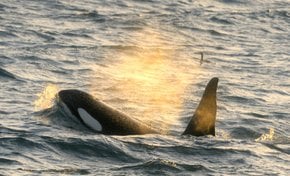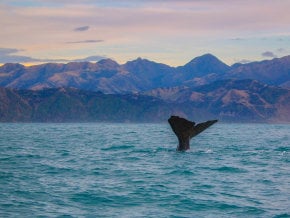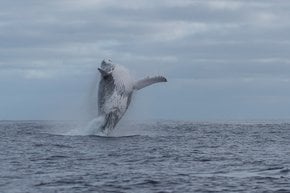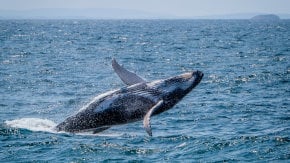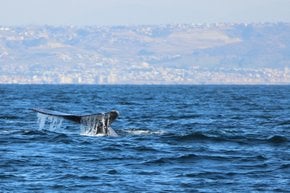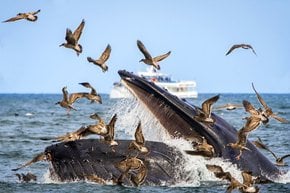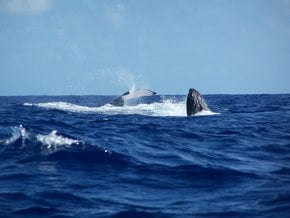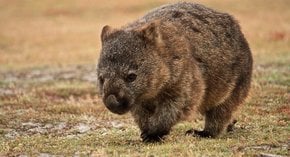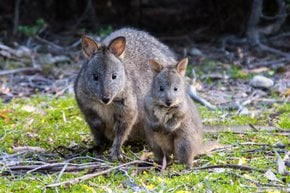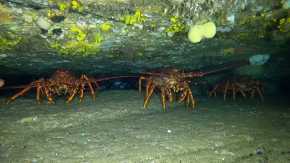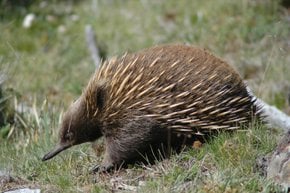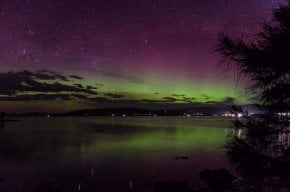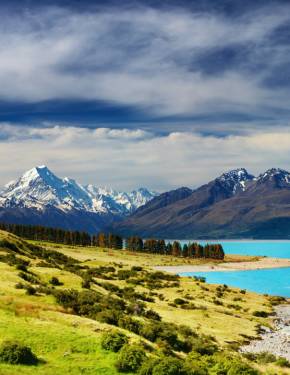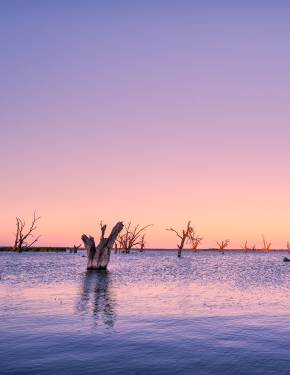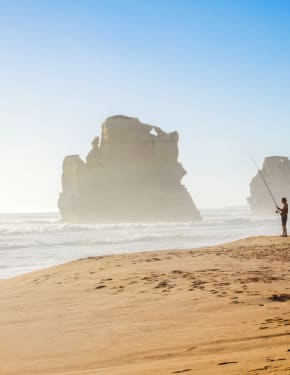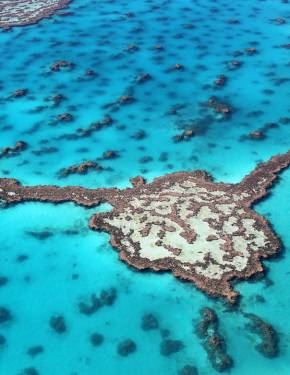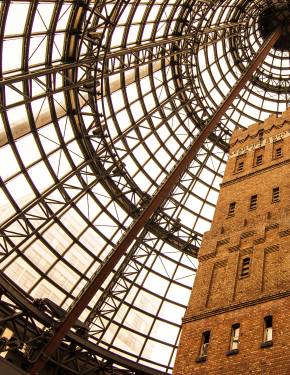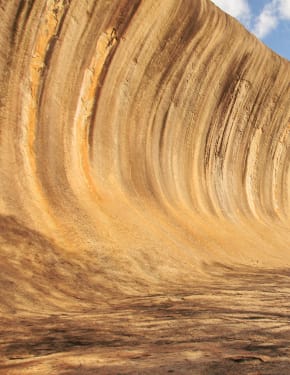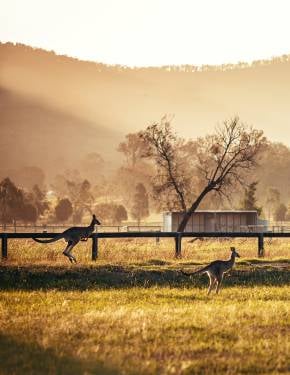Whale Watching in Tasmania 2026
The annual migration brings whales to Tasmania waters
Best time: May–November
Whale watching is a must in Tasmania. The island state is blessed to be positioned on humpbacks' and southern right whale migration routes. Tasmania's east coast usually attracts the most whales, especially such locations as Frederick Henry Bay and Great Oyster Bay. Tasmania has relatively calm waters and whales spend some time here during their epic annual journey. Humpbacks are a real joy to watch—they often perform amazing acrobatic stunts, jumping out of the water, spinning, and going back underwater with a splash.
Whale watching season
Humpback whales head north to Queensland and Western Australia waters between May and July and return to Antarctica between September and November. Meanwhile, southern right whales go north in June–September and return south between in September and late October. Occasionaly, it's also possible to spot orcas and blue whales.
Whale watching from the coast
Tassie is an excellent place to observe whales from the coastline. There are regular whale sightings near the South Arm Peninsula, close to Hobart, and also near the Tasman Peninsula, in the d’Entrecasteaux Channel, and off Bruny Island coast.
Whale watching tours
The prime whale watching season in Tasmania is from May through July and from September through November. However, cruises from Hobart and Port Arthur to Bruny Island and Tasman Island operate year-round. The largest tour operator in the area, Pennicott Wilderness Journeys, offers cruises to both Bruny Island and Tasman Island. Full-day tours depart from Pennicott Wilderness Journeys Dock at Franklin Wharf in Hobart. Prices for a 10-hour tour from Hobart start at $265 for an adult. But you can save money and get by car to Adventure Bay on Bruny Island or Port Arthur.
Bruny Island Cruises focuses on spotting wildlife and exploring the rugged coastline of Bruny Island. Cruises depart daily at 11 am from Adventure Bay on Bruny Island. Adult tickets are $175, and children (3-16) pay $105. Tasman Island Cruises take place along the spectacular coastline between Port Arthur and Eaglehawk Neck. The three-hour tour starts at 9:15 from Tasman Island Cruises Booking Centre (6961 Arthur Highway, Port Arthur). Tickets cost $175 for an adult, and children (3-16) pay $105.
Wild Ocean Tasmania offers 2-hour boat cruises along the icoastline of the Tasman National Park between Eaglehawk Neck and Cape Hauy. Boats depart from the pier next to the Blowhole in Eaglehawk Neck at 11:30 am. An adult ticket is $150 ($85 for a child). Private charter tours are also possible. All passengers are advised to dress warmly for the cruise. Waterproof jackets, scarves, beanies, and gloves are recommended.



